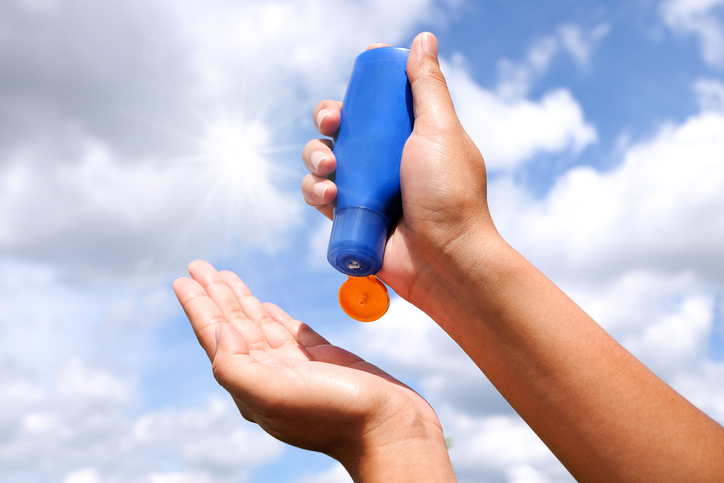Tips for finding the best cycling sunscreen
Protect yourself from the harmful sun rays

It’s summer, and for cyclists, that means the return of the bike kit tan. Sunny days on the road will inevitably lead to a bit of a tan, but if you’re coming home with sunstroke from a burn you might need to look into a better sunscreen.
Even on cloudier days, the sun’s harmful rays can still cause burns, so sunscreen should always be part of your ride preparation routine. Not all sunscreen is made for athletes that spend hours biking and sweating, so you may need to test a few products before you find the perfect sun shied. Although some products will say “sport” on the packaging, there is no standardization as to what constitutes a “sport” sunscreen, so it’s best to closely read the label before purchasing.
Here are some tips for finding the right cycling sunscreen to protect you from a burn.
SPF
The sun protection factor (SPF) of a sunscreen will help protect your skin from the sun’s harmful ultraviolet B (UVB) rays. Dermatologists recommend using sunscreen with an SPF of at least 30, which will block about 97 percent of UVB rays. If you have fair skin that burns easily, a higher SPF will benefit you more.
Waterproof
You’re not swimming, but with the amount that you’ll sweat in the heat, you might as well be. “Waterproof” or water-resistant sunscreens won’t drip off you with your sweat. Many brands will list how long the sunscreen will resist water (e.g. 80 minutes) so check the label to see when you will need to reapply.
Portability
On particularly long rides it’s a great idea to bring a small bottle of sunscreen to reapply at a stop. A small, travel-sized bottle will do well, or you can fill your own small squeezable bottle with a bit of your preferred sunscreen.
Reapplication potential
You should be applying sunscreen about 30 minutes before you leave for your ride to give it some time to fully absorb. The sunscreen also needs to work when you apply it to your already sweaty body. Some sunscreens are explicitly designed to be applied to wet or dry skin, which will benefit you greatly on those humid 30 degree days when it’s hard to tell whether you’re covered in sweat or you’ve jumped in a lake.
Consistency/Application style
Sunscreen comes in lotions, gels, sticks, sprays and powders. Stick sunscreens are good for water resistance, but those prone to clogged pores should avoid them. Lotions are the most popular and will come with the most selection and some will include moisturizing components, useful for cyclists with dry skin. Sprays are great for full coverage and help to avoid a post-lotion sunblock application slippery handlebar situation, as you don’t have to use your hands to apply.
Fragrance
A nice smell may draw you towards a sunscreen, but the stinging feeling of getting it in your eyes will not be worth the pleasant coconut smell. If you’re looking for a face-specific sunscreen avoid anything with fragrance.

